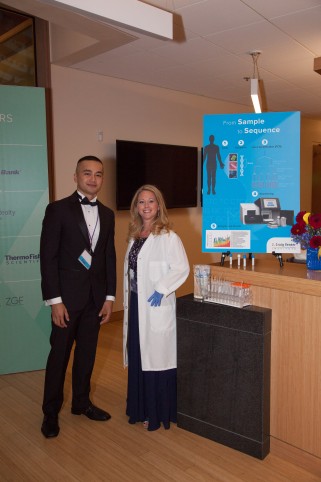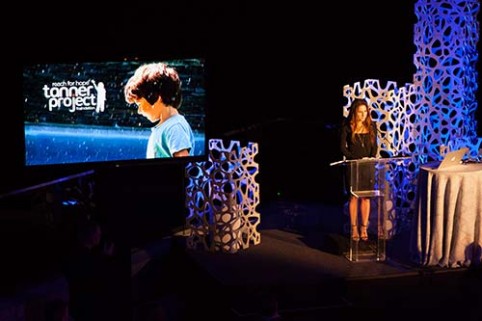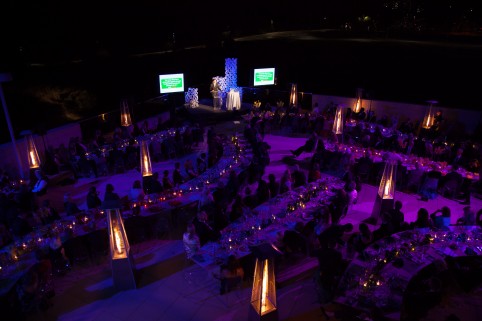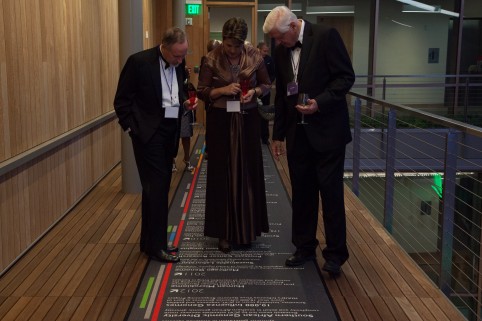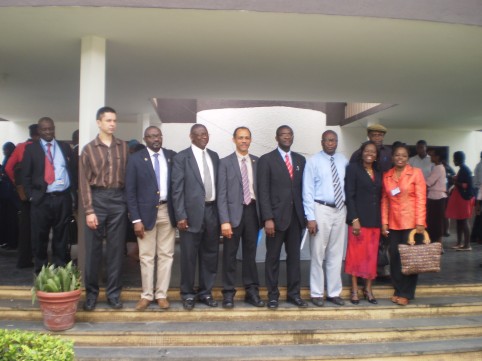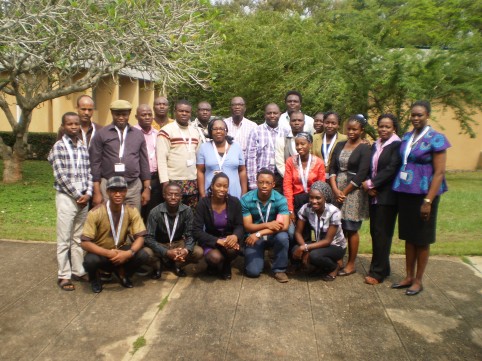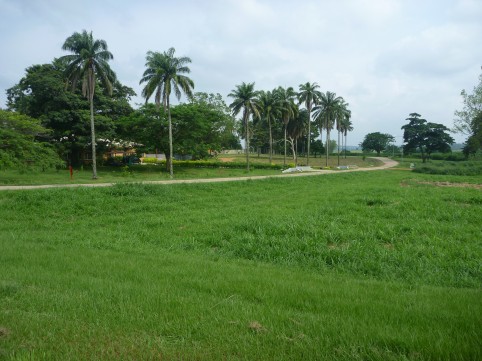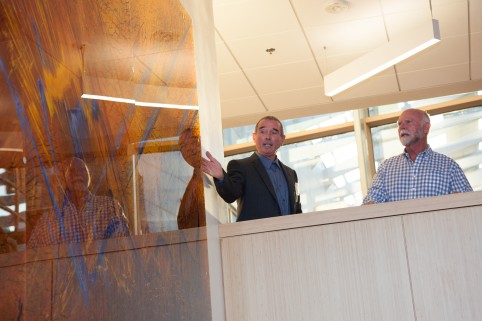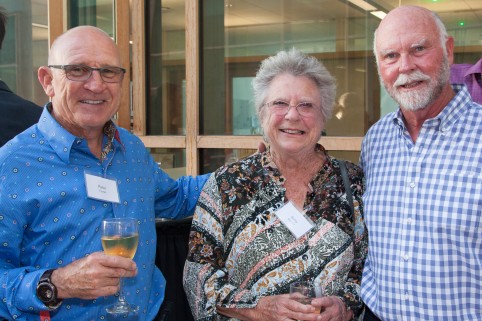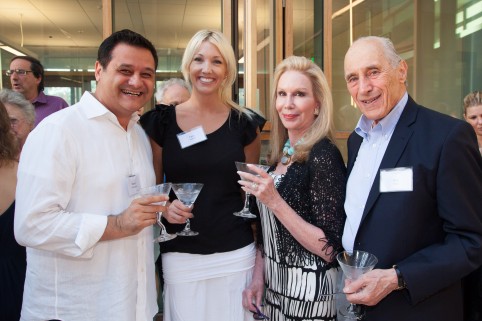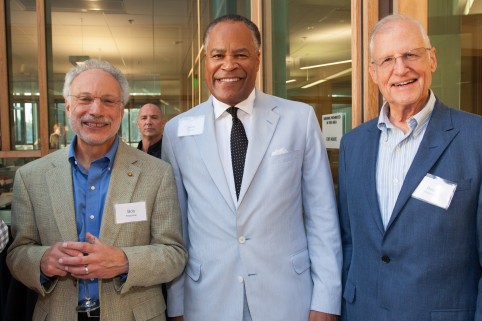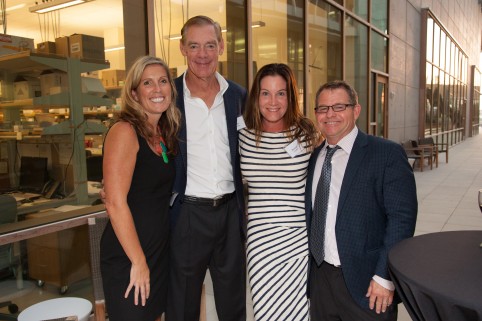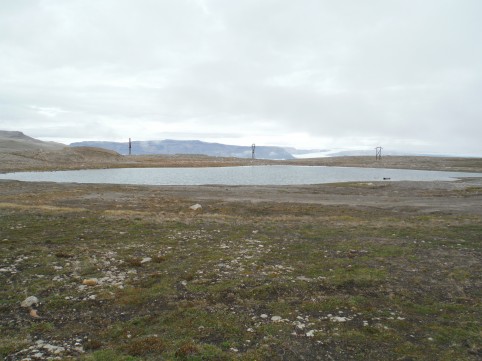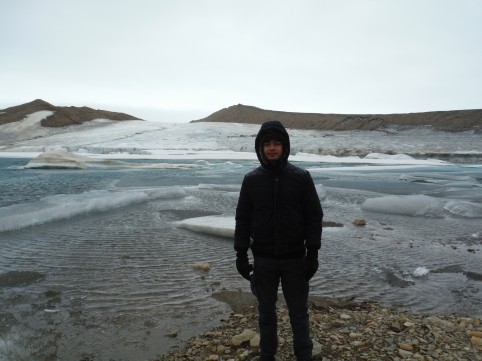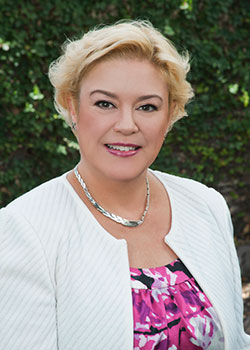The JCVI family mourns the loss of a true friend and generous supporter, Dr. J. Robert Beyster. Dr. Beyster was a World War II Veteran, a nuclear engineer whose research propelled the Department of Defense’s weapons systems and submarines into the future of war fighting, but most notably, he founded Science Applications International Corporation (SAIC), an employee-owned multi-billion dollar corporation.
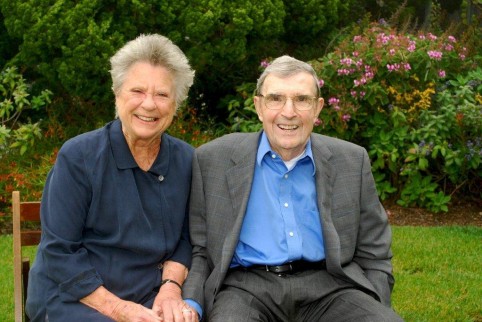
Bob and Betty Beyster
The Beyster Family have been generous supporters of science programs at the JCVI since 2009 when they, along with matching funds from Life Technologies Foundation, sponsored a two year leg of the Sorcerer II Global Ocean Sampling Expedition. This substantial support from the Beyster Family enabled sampling research of microbial life in the waters of the Baltic, Mediterranean, and Black Seas. These are scientifically important because they are among the world’s largest seas isolated from the major oceans. To date more than 80 million new genes and protein families have been discovered as part of the Sorcerer II Expedition.
The Beysters have also supported JCVI scientist Andy Allen, Ph.D. and his Southern California Upwelling Sampling Project. Dr. Allen has conducted sampling expeditions along the Southern California coast to better understand the microbes living in these waters. Dr. Beyster participated in 8 of the 11 sampling excursions that were conducted from his own boat, Solutions. He blogged about a major regional dinoflagellate bloom that was sampled as part of this project.
Importantly, this work has led to an exciting new San Diego-based collaboration between JCVI, NOAA and the Scripps Institution of Oceanography (SIO) to integrate genome-enabled techniques and technologies (i.e., ‘omics) into the California Cooperative Oceanic Fisherines Investigations (CalCOFI). CalCOFI is a multi-partner, long-term ecosystem and fisheries study off the coast of California in it’s 7th decade.
The most recent $2.5 Million gift in 2012 for the completion of the new J. Craig Venter Institute sustainable laboratory was recognized by naming the third floor ocean view conference room and terrace the “Bob and Betty Beyster Conference Room” and the “Bob and Betty Beyster Terrace”.
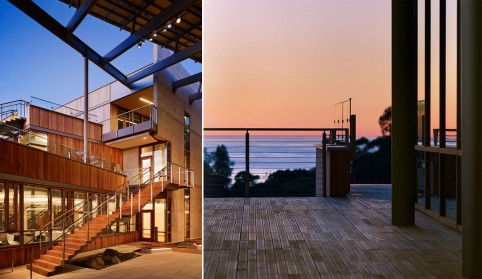
Left: Looking up at the Beyster Conference Room and Terrace from the ground floor. Right: Sunset on the Beyster Terrace.
Dr. Beyster will be greatly missed by his family, friends and colleagues. We are fortunate to have a constant a reminder of his generosity and support. A link to his obituary can be found here.


